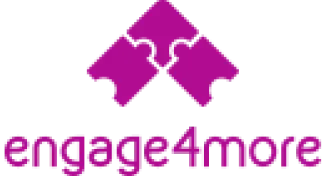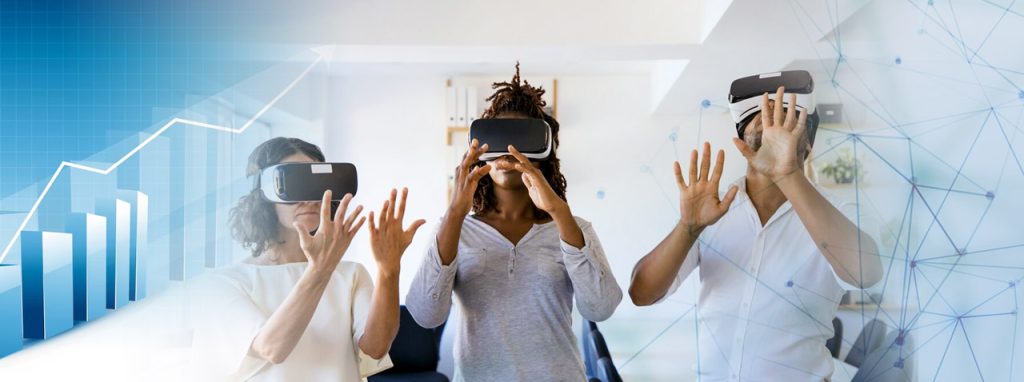Trending Gamified Activities for unlocking collaboration, communication and enhancing employee engagement in the workplace
Employee engagement refers to the extent to which employees feel motivated and invested in their work. An engaged workforce is essential for businesses to thrive as engaged employees are more productive, creative, and committed to their work.
Gamification is the process of incorporating game-like elements into non-game contexts to engage and motivate individuals to perform specific tasks. In recent years, employers have increasingly been using gamification to drive employee engagement and improve work performance.
Gamification is defining new thresholds of employee engagement, as employees are getting attracted towards such engagement activities.
The implementation of gamification in the workplace can help to increase employee engagement in several ways. Here’s some use cases of how gamification can boost up employee engagement across important areas for the Organization
Organization Values or Culture Cascading
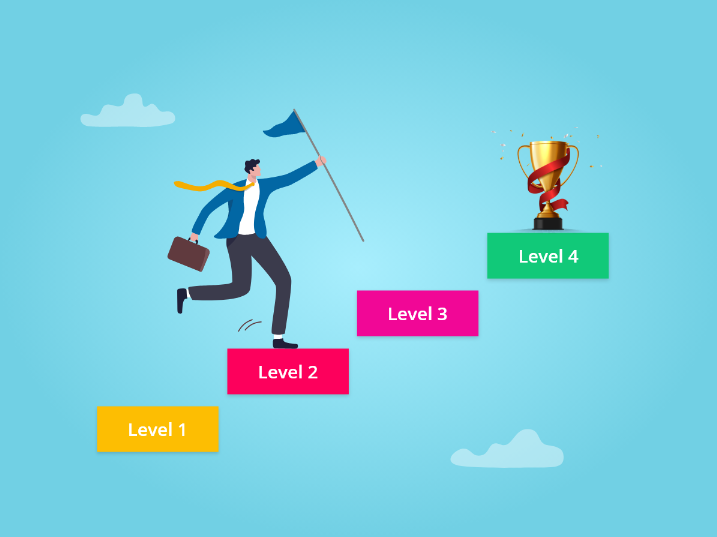
Gamification can be used as a tool to cascade an organization’s values and culture to its employees. By incorporating the values of the organization into games and simulations, employees can experience and internalize these values in a fun and engaging way.

For example, an organization can use a customized escape room as a great gamified simulation to cascade values. The game would have different rounds related to values and with clues around desired behaviors . Organizations can roll this out virtually or physically to deliver a stronger sense of identity and alignment among employees. This leads to increased engagement and a more supportive workplace culture.
Teambuilding
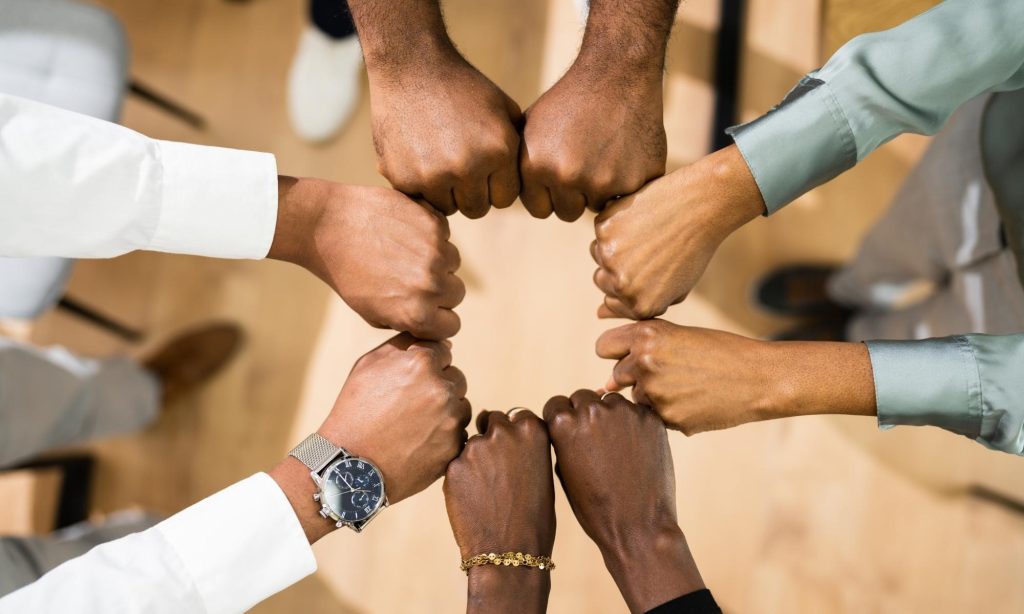
In the context of team building, employers can use gamification to create a fun and interactive way for team members to work together, build relationships, and develop new skills. Team-based games and simulations provide a fun and interactive way for employees to work together and collaborate on projects. Employers can achieve this by incorporating elements such as points, levels, challenges, rewards, and competition into team building activities. This can help to build stronger relationships and improve communication between team members, leading to better teamwork and increased engagement.
Employers gamify team-oriented tasks and challenges using advanced technologies like VR/ AI etc. to provide unique experiences to employees. The newness and real time simulation of such experiences stand out from traditional teambuilding activities and excite new gen workforce a lot.

For example- Mavericks a murder mystery game use VR technology set up to let participants visualize real crime scenario as they collaborate to solve a challenging task. Similarly other activities like Geohunt /Inside Out etc use simulations to engage employees in teams through fun oriented tasks and challenges
Marquee Engagement Initiatives
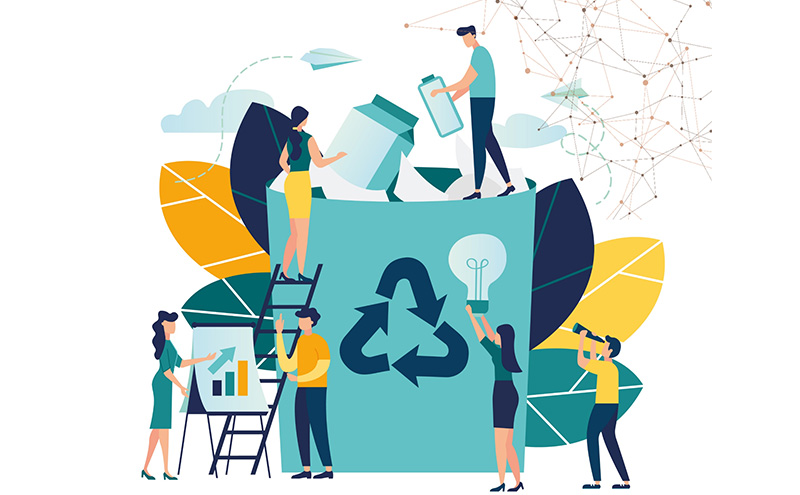
Gamification can play a path breaking role to make employee engagement activities more enjoyable and participative. Gamified activities Like Power of You or Rescue the Sheroes for Key marquee occasion like Women’s Day draw huge participation. The concept of fantasy leagues specially designed for corporates employees around IPL season or ICC World cup help organizations to effectively leverage on social events for employee engagement.
Employee motivation

Employers can also use gamification to increase employee motivation and provide a sense of purpose. For example, companies can create gamified systems that allow employees to track their progress, earn rewards, and compete with their peers. This can help employees to feel more motivated and invested in their work, leading to increased engagement and productivity. Employers can use these gamified activities to motivate employees, including:
- Leaderboards: Encourage friendly competition by creating a leaderboard that tracks and ranks employee performance.
- Challenges: Create fun challenges that encourage employees to achieve specific goals and be rewarded for their efforts.
- Rewards and recognition: Offer tangible rewards and recognition for employees who achieve certain milestones or reach certain goals.
- Badges and achievements: Use digital badges and achievements to recognize employee achievements and encourage continued performance.
- Quests and missions: Create quests and missions that allow employees to work together towards a common goal and earn rewards for their efforts.
Productivity Improvement
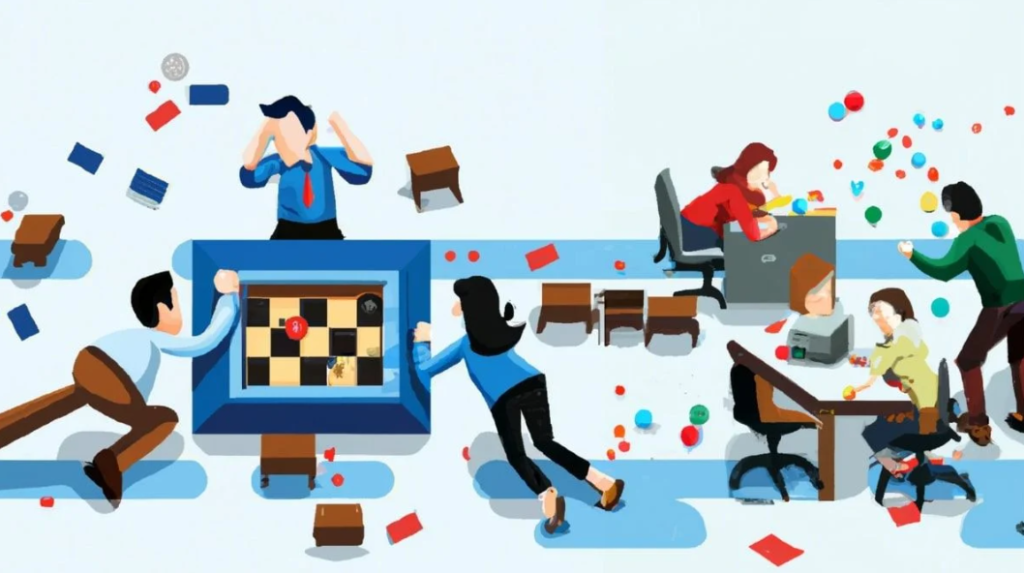
Gamification can provide a fun and engaging way to perform tasks and complete projects. Games often incorporate elements such as rewards, levels, and challenges that are designed to motivate players. By incorporating similar elements into the workplace, employees can feel a sense of accomplishment and satisfaction in their work. Simulations can also be used as a training tool in the workplace. By allowing employees to practice and test their skills in a safe and controlled environment, simulations can help employees to build their confidence and develop their abilities. This can be especially effective for employees who are learning new skills or technologies, as it provides a low-stakes way for them to practice and refine their abilities leading to better productivity.
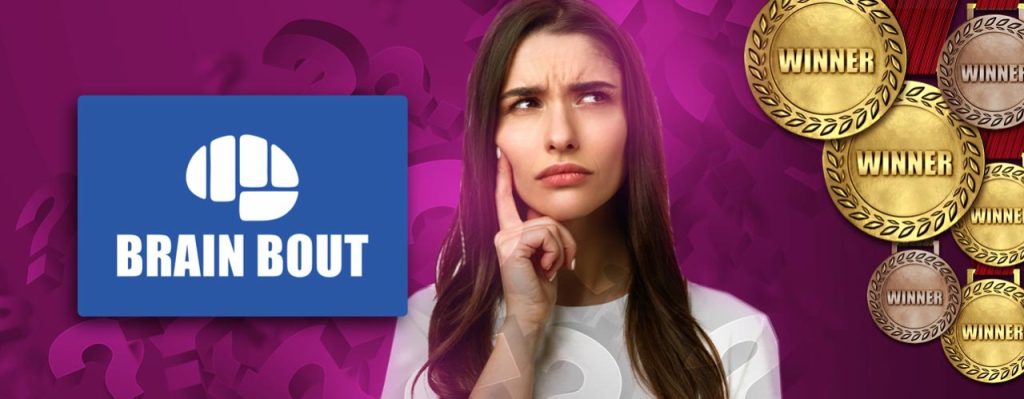
Brainbout, a web based quizzing platform works in a gamified way to enhance skills & knowledge of participants through quizzing. The gamified UI, integration of leaderboard, elements like badges etc. make it a very effective tool to enhance productivity.
In conclusion, gamification plays a critical role in driving employee engagement in the workplace. By incorporating game-like elements into work tasks and projects, businesses can improve employee motivation, increase team bonding, and provide a fun and engaging way for employees to develop their skills. If done correctly, gamification can lead to a more engaged and productive workforce, benefiting both the employees and the company. You can browse through engage4more.com to know more about the trending gamified activities for your employee engagement initiatives.
